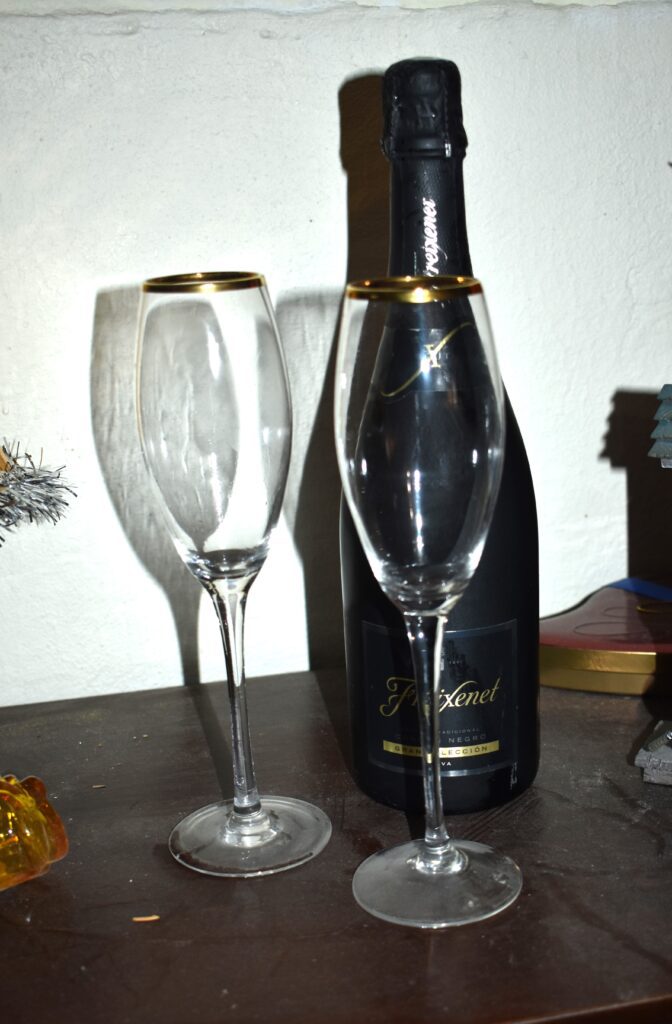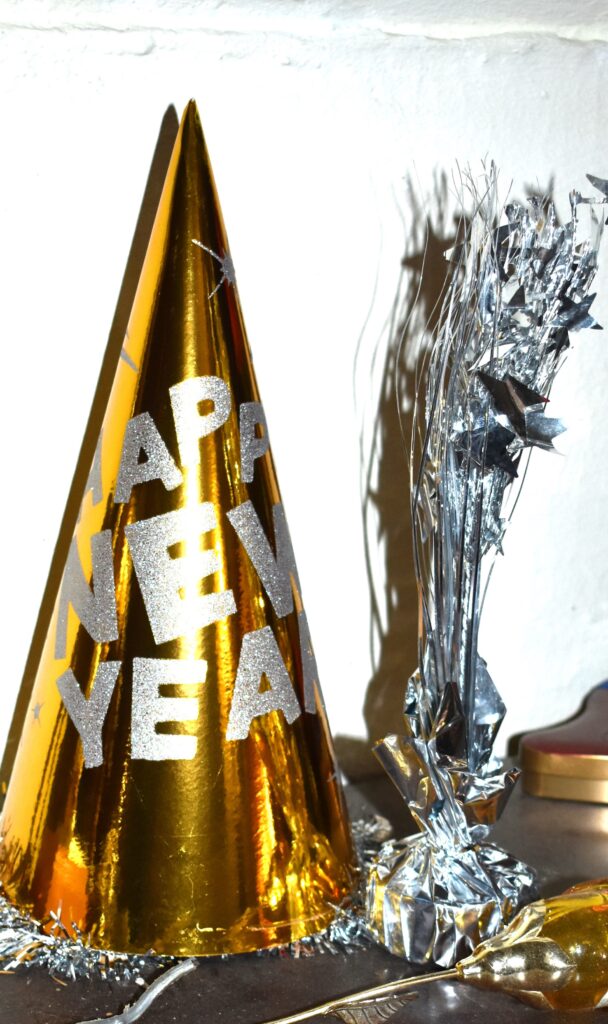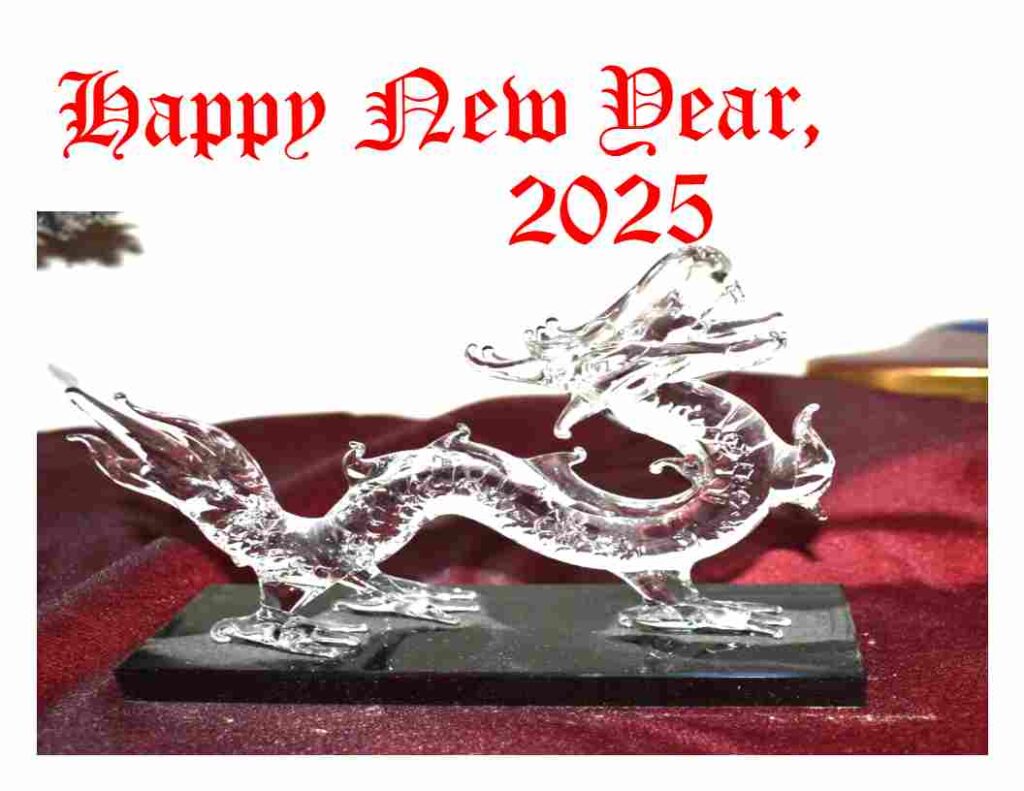News
New Year’s Celebrations through the Years in Wyoming

The Native Americans welcomed the new year, but unlike the fact that today our calendar dictates the first day of January as New Year’s Day, the Indians used the winter solstice, the movement of the stars and the lunar cycles to determine the months of the year. Depending on the tribe, January is the Wolf Moon, Hard Moon, Snow Moon, or Moon of Strong Cold. The celebration could be at a different time each year.
This from the Big Piney Examiner, December 30, 1915: An Old Indian’s New Year Greeting – That you may always have a tent and no sorrow as you travel. That you may always have a cache for your food and food for your cache. That you may never find a tree that will not give sap nor a field that will not grow grain. That your bees may not freeze in winter, that the honey may be thick and the comb break like snow in the teeth. That your heart may always be like the morning, and that you may come slowly to the Four Corners where men say, “Good Night.”
From The Indian Progress. Published Semi-Monthly by The Pupils of the Wind River U. S. Indian Industrial School, Wind River, Wyoming, January 1, 1910. – Snow. More snow. Most snow. Happy New Year! Le Roi est mort; Vive le Roi! Wanted– one good strong Chinook. Apply to any legal resident in the Rocky Mountain States.
It must have been a cold, snowy winter in 1910.
In Sheridan and Wyoming New Year’s Eve was a time for suppers, dances and masked balls.

It was common for many of the forts to have New Year’s balls. From the Cheyenne Leader Dec .21 1872 The chief of the Leader returns his thanks for an invitation to attend a grand bull to be given in the hall of Co. K, second cavalry at Fort Laramie on New Year’s Eve.

Not sure how well the menu would go over today, but this is from The Sheridan Post, January 4, 1894: S.H. Smith and Co., proprietors of the Bodega, spread an excellent lunch for their customers New Year’s Eve. It consisted of Opossum and sweet potatoes, roast chicken, plum pudding, wines, beer, etc. Everything was served up in the best of style, and the friends and customers of the house enjoyed and appreciated the treat.

The Sheridan Inn figured prominently in the social life of Sheridan during the early days, and New Year’s Eve was no exception. This from The Sheridan Post December 27, 1910: New Year’s at the Inn – New Year’s dinner will be served at the Sheridan Inn, beginning at 5:30 p. m. To those who have been fortunate enough to be the guests of this famous hostelry on special occasions, the mere announcement is sufficient to inform them that the dinner will be the acme of the chef’s art. The service at the Inn is always perfect, and the best is none too good for its guests. After the dinner there will be dance, and delightful evening is assured.
And a little over 100 years ago, Dec. 28, 1922, from the Sheridan Daily enterprise, there is this brief notice. New Year: Reservations are now being taken for the annual New Year dinner and dance at the Sheridan Inn. This affair Is always one of the brilliant of the holidays.

Private suppers were also held for various groups, like this on in 1907. From the Enterprise, Sheridan, January 4: Mrs. R. C. Bates tendered the Brotherhood of Trainmen a surprise on New Year’s Eve, in the form of a bountiful supper and card party. Neat invitations were printed and sent to quite a number of the Brotherhood. Supper was served from 7:30 until 9:30 after which cards were indulged in until midnight, when those present bade farewell to the old year and to their hostess, wishing her and each other a happy New Year
Prohibition was still the law of the land in 1919, but there is this clipping from The Sheridan Post December 31, 1919:

As mentioned at the start of the story, different cultures had different ways of celebrating the New Year.
This from The Enterprise, December 1907: The World Around: New Years is not the day in the United States as it is in some countries. The Pilgrims believed that its observance was a recognition of the Roman God, Janus, he of the two faces, the one looking back in retrospect and the other looking forward in hope and anticipation of the new year. Another image of the New Year is Father Time, falling and dying and his newborn personification rising. Both are nevertheless beautiful and expressive and worthy of perpetuity.
“Watch night” is probably the most distinctive feature of the coming of the new year. Religious services are held in almost every church and sometimes three or four sermons are preached. There are also many gatherings in clubs and homes “to watch the old year out” and they are occasions of much revelry and the repeating in humorous ways the superstitions believed in the olden times. Much of the social prestige of the day remains, such as calling and exchanging gifts, is due to the early Dutch settlers, who kept the old customs alive until the middle of the last century.

Sheridan churches celebrated Watch Night as well. Sheridan Post, Dec. 28, 1899. A union Watch Night Service will be observed In the M. E. church next Sunday evening beginning at 8 p.m. There will be an excellent program prepared consisting of responsive services, solos, choruses, songs, papers and addresses, closing with consecration service Everybody is very cordially invited to come and join with us in saying goodbye to the old year and welcoming in the New Year.
The article continues: In France it was the custom, until the time of Oliver Cromwell, of exchanging presents on New Year’s Day. But in the western world generally the practice has been absorbed by the Christmas festival. There is, however, a striking exception to this rule in France. New Year’s is the chief festival of the year, and the “gift” is the chief feature of the festival. It is believed that the French observance of the day combines the ancient customs of the Druids, Romans and Christians, New Year’s Day is everybody’s day.
Scotland. As in France, so in Scotland, New Year’s is the chief festival of the year. The eve of the day and the day itself are called “Daft Days,” or crazy days. And the eve separated from its “daft” associate is called “Hogmanay.” But what this means, no one seems to know.
The application of the term is in a custom of children to en-robe themselves in a street and go the rounds of houses on New Year’s Eve, knocking at the doors and crying “Hogmanay.” In response they always get an oat cake, rich with fruit, and sometimes, in addition, some cheese and goodies. This is their “Hogmanay.”
Housewives are kept busy days in advance preparing little cakes for their ghost-like visitors and it is regarded as something of a bad omen to run short and not be able to supply the demand.

England. Customs in England are very similar and in many interchangeable with those of Scotland. In parts of England the old year is “swept out” by men and boys who black their faces to resemble (chimney) sweeps, and in other places it is “rung out” with muffled bells until the midnight hour, then allowing the clear notes to sound. A “hot pint” of the wassail drink at the midnight hour is still common. The front and back doors art opened at 12 o’clock to let the bad spirits out and the good spirits in while all the peacock feathers before this event are thrown out lest ill luck follow during the year
The Far East. In Japan the New Year’s Day of the Gregorian calendar Is observed. It is a universal rule there and in China that all debts must be settled at the end of the year, but the feature of the day in Japan is in calling on friends and the giving of “awabi,” a kind of mussel shell, an emblem of times long ago when their forefathers were of necessity very frugal.
In China the people meet in the streets on New Year’s Day and salute each other “Kung-hi, Kung-hi” “I humbly wish you joy,” or “Sin-hi!” “May joy be yours.” The cities are decorated with lanterns and with red paper mottoes on their homes. When blue paper is seen it is a sign that there has been a death during the year.
2025 is a year of the Wood Snake in Chinese astrology, which will start on February 10th, the Chinese New Year. Chinese New Year celebrations are held over a 16-day period, and parades are held in the streets to celebrate the New Year, and fireworks are enjoyed. Up until a few years ago, there was a Chinese New Year parade in Deadwood, SD.
On New Year’s Eve, 2024, celebrate the achievements of the old year, sweep out the disappointments, and bring in the New Year with optimism and hope for better things in 2025.


